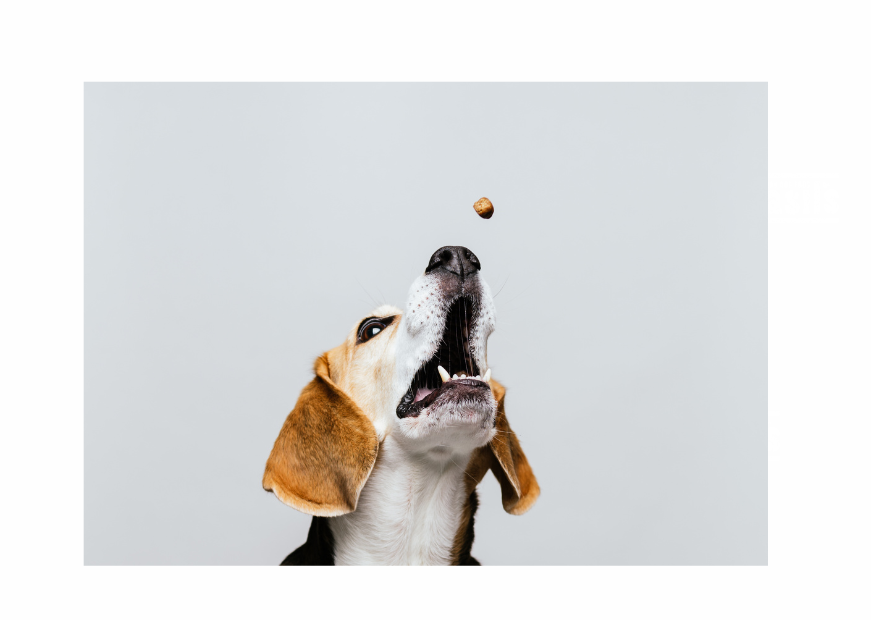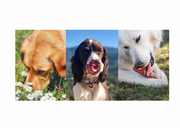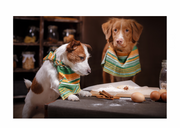TREATS TO COMPLEMENT A RAW DIET

Which treats can be used in a raw food diet
There are so many possibilities for treats to use when raw feeding, and in this guide we will help to make it easier for you. Here are some examples of healthy treats your dog is sure to enjoy:
Raw meaty bones
One of our favourites are raw meaty bones as they have so many benefits for your dog. As well as nutritional benefits, raw meaty bones provide a fantastic source of mental stimulation and are great for cleaning your dog’s teeth too!
You can buy them fresh from your local butcher or from a reputable raw food pet supplier. Bones should always be fed raw, never cooked. Check out our other blog here for lots more information.
Natural chews
When providing long-lasting chews, natural is the way to go.
Air-dried or freeze-dried treats are great for raw fed dogs because they should have zero preservatives in them which means they are the closest thing to raw. Using gentle dehydration methods means the freshness is preserved without additives, while maintaining the nutritional value and most importantly, the delicious taste.
Some natural chews can be chopped into smaller pieces to be used as training treats, or everyday treats, but be careful as some of them can be quite hard.
Like raw meaty bones, natural chews are also great for mental stimulation and for your dog’s dental health. Some options for natural chews include:
· dehydrated pig or cow ears
· rabbit ears (with or without fur)
· dried hooves
· venison meaty strips
· air dried chicken feet
Fruits and vegetables
While raw meat is the number one nutritional need for dogs, they do benefit from fruits and vegetables as well and they can be great healthy treats for dogs, although it’s important to avoid toxic fruits and vegetables such as grapes, onions, and certain mushrooms. Small chunks of carrot, banana, or a few blueberries are all safe options for your dog to enjoy. We’ve put together a comprehensive list here to help you work out what’s safe for your dog to eat and what’s not.
Homemade treats
Now on to the fun bit! You can create all sorts of things your dog will love, and you’ll know exactly what’s in them! With many of them you don’t even have to turn on the oven! Some examples could be grain-free pumpkin or liver biscuits, or even frozen apple/yoghurt treats. The possibilities are endless!
We’ve put a few of our favourite recipes on our website for you to try; check out our recipe cards here.
Conclusion
As canine guardians, we’re responsible for the health and wellbeing of our beloved four-legged family members. Feeding them a raw food diet is already contributing to this positively, but it’s important to know what treats to give when raw feeding too.
By choosing natural dog treats, or making your own, you can be sure you are providing your dog with additional vitamins and minerals, rather than offering junk food that essentially does not contribute healthfully to their nutrition.
Remember to be mindful not to over-feed treats; by taking into account how many treats your pup has had during the day and reducing their meals accordingly, you can be sure that your canine companion doesn’t pile on the pounds!
Always remember that a healthy dog is a happy dog! 🐾
References:
https://www.prodograw.com/nutrition
https://www.kiezebrink.co.uk/news/archives/2019/04/homemade-raw-dog-treat-recipe-ideas/










